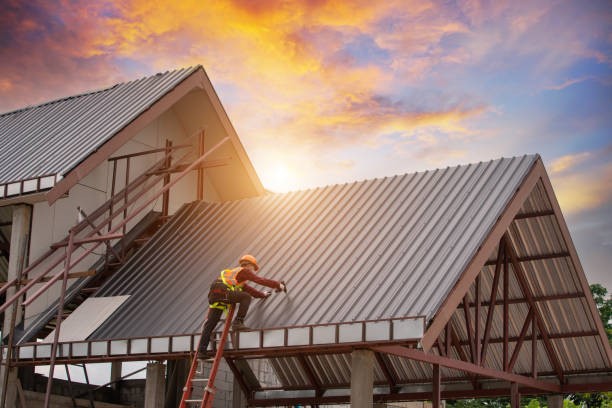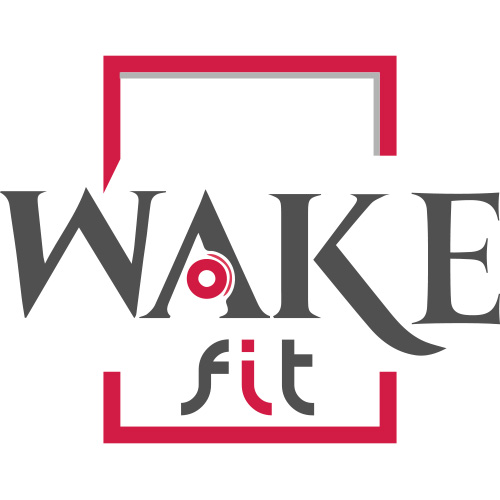The Ultimate Guide to Professional Metal Roofing: Benefits, Types, and Installation

Introduction
When it comes to roofing, homeowners and businesses alike seek durability, aesthetics, and cost-effectiveness. Professional metal roofing has emerged as a top choice, offering a blend of longevity, strength, and contemporary style. This article delves into the various aspects of metal roofing, exploring its benefits, types, and the installation process to help you make an informed decision.
Benefits of Metal Roofing
Longevity and Durability
One of the standout features of metal roofing is its remarkable lifespan. Unlike traditional asphalt shingles, which may need replacing every 20 years, metal roofs can last 50 years or more with proper maintenance. They are resistant to cracking, shrinking, and eroding, making them ideal for harsh weather conditions, including heavy snow, strong winds, and intense heat.
Energy Efficiency
Metal roofs are highly energy-efficient, thanks to their reflective properties. They reflect solar radiant heat, which can reduce cooling costs by 10-25%. Many metal roofing systems also incorporate insulation to enhance energy efficiency further, making them an eco-friendly option for both residential and commercial buildings.
Low Maintenance
Maintaining a metal roof is relatively straightforward. They require minimal upkeep compared to other roofing materials. Regular inspections and occasional cleaning are usually sufficient to keep the roof in excellent condition. Metal roofs are also resistant to mold, mildew, and pests, which can be problematic with other roofing types.
Aesthetic Appeal
Modern metal roofs come in a variety of styles, colors, and finishes, allowing homeowners to achieve the desired look for their property. Whether you prefer the classic look of standing seam panels or the appearance of traditional shingles or tiles, there’s a metal roofing option to match your aesthetic preferences.
Types of Metal Roofing
Standing Seam Metal Roofs
Standing seam metal roofs are characterized by their sleek, vertical lines. They consist of metal panels running from the ridge to the eaves, with raised seams that interlock to provide a continuous, waterproof surface. This type of metal roofing is known for its durability and is commonly used in both residential and commercial applications.
Metal Shingles
Metal shingles mimic the appearance of traditional roofing materials like asphalt, wood, or slate but offer the superior durability and longevity of metal. They come in various designs and colors, providing a versatile option for homeowners who want the benefits of metal roofing without sacrificing style.
Corrugated Metal Roofs
Corrugated metal roofs feature a wavy pattern, which adds to their strength and durability. This type of roofing is often used in agricultural and industrial buildings but has also gained popularity in residential applications due to its rustic charm and cost-effectiveness.
Metal Tiles
Metal tiles are designed to replicate the look of traditional clay or concrete tiles. They offer the same aesthetic appeal but are lighter and more durable. Metal tiles are an excellent choice for homeowners seeking a Mediterranean or Spanish-style roof without the maintenance issues associated with traditional tiles.
Installation Process
Choosing the Right Material
Selecting the appropriate metal roofing material is crucial. Factors to consider include climate, architectural style, budget, and personal preferences. Common materials include steel, aluminum, copper, and zinc, each with its unique properties and advantages.
Preparing the Roof
Proper preparation of the roof surface is essential for a successful installation. This involves removing the old roofing material, repairing any damaged areas, and ensuring the roof deck is clean and level. Installing an underlayment or insulation may also be necessary to enhance the roof’s performance.
Installation Techniques
Professional installation is key to maximizing the benefits of metal roofing. Experienced roofers will use specific techniques to ensure the panels or shingles are securely fastened and aligned. This often includes using specialized tools and fasteners designed for metal roofing systems.
Sealing and Insulation
Proper sealing is vital to prevent leaks and ensure the roof’s longevity. Sealants and flashing are used to protect vulnerable areas, such as seams and edges. Additionally, insulation may be installed to improve energy efficiency and reduce noise levels.
Conclusion
Professional metal roofing offers a multitude of benefits, including longevity, energy efficiency, low maintenance, and aesthetic versatility. With various types of metal roofing available, homeowners and businesses can find the perfect solution to meet their needs and preferences. Proper installation by experienced professionals ensures that your metal roof will provide reliable protection and enhance the value of your property for decades to come. Embrace the advantages of metal roofing and invest in a durable, stylish, and eco-friendly option for your building.
